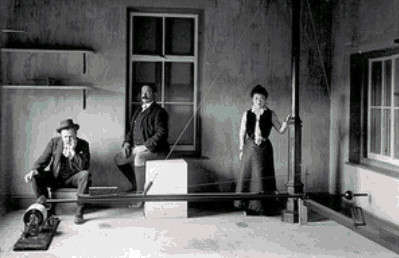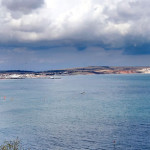
Thanks to Rachel for reminding us of this upcoming event. Ed
To celebrate the life of seismologist John Milne who in 1895 created a cutting edge earthquake observatory at Shide Hill House, Newport; Quay Arts will be screening a documentary, ‘The Man Who Mapped the Shaking Earth’, on Thursday 1 August.
Family connection
Milne’s great nephew, Dr William Twycross wrote, directed and produced the film documenting his great uncle’s scientific achievements and has chosen the landmark date of the 1st August, the 100th anniversary of his death in 1913 to premier the full version of the film on the Island.
Following the screening, Dr Twycross will host a question and answer session in the Quay Arts Café Bar.
The ‘Father of seismology’
The Victorian pioneer known as the ‘father of seismology’ Professor John ‘Earthquake’ Milne invented an advanced seismograph for measuring the force of earthquakes. The observatory he established in Shide became a world centre for earthquake and science.
A public artwork of three enamelled panels depicting Milne’s life and work commissioned in 2012 can be seen on the wall of the Little London car park in Newport adjacent to Quay Arts. The Little London car park was in Milne’s time was the foundry site of local hardware group, Hursts, from where Milne acquired a full size lamppost to make a model of his famous large-scale horizontal seismograph.
Buried in Newport
Milne’s grave is in the cemetery at the back of St Paul’s churchyard in Newport. Shide Hill House was broken up into flats and the gardens developed and houses built.
A picture of Milne, a keen golfer, hangs in Newport Gold Club and a trophy bears his name.
Where and when
‘The Man Who Mapped the Shaking Earth’ will screen at Quay Arts on Thursday 1 August at 8pm.
The Quay Arts Café Bar will be open from 7:00pm.
Tickets are £3.50 and available from the Quay Arts box office on 01983 822490.
Image: John Milne with Russian seismologist Prince Boris Galitzin and his wife Tone Harikawa looking at one of his seismographs on the Isle of Wight in 1911. © Carisbrooke Castle Museum www.historicimages.co.uk



